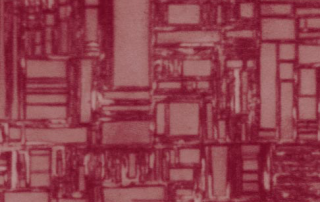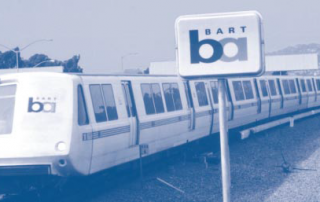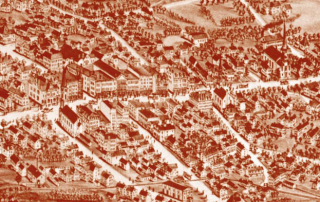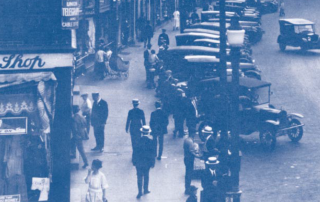ACCESS 14, Spring 1999
Editorial: The Land Use/ Transportation Connection (cont’d)
Melvin M. Webber
Back in the 1950s and 1960S, a basic aim for the newly proposed BART system was to curb urban sprawl. The trick was to reinforce major metropolitan centers and
create new suburban subcenters. Because land adjacent to BART’s station sites would be highly accessible, its planners expected they’d be powerful magnets attracting offices, shops, and high-density housing. Those concentrations would make for culturally enriched residential life and a more viable local economy. In turn, they’d attract riders to BART and thus help reduce traffic congestion.






